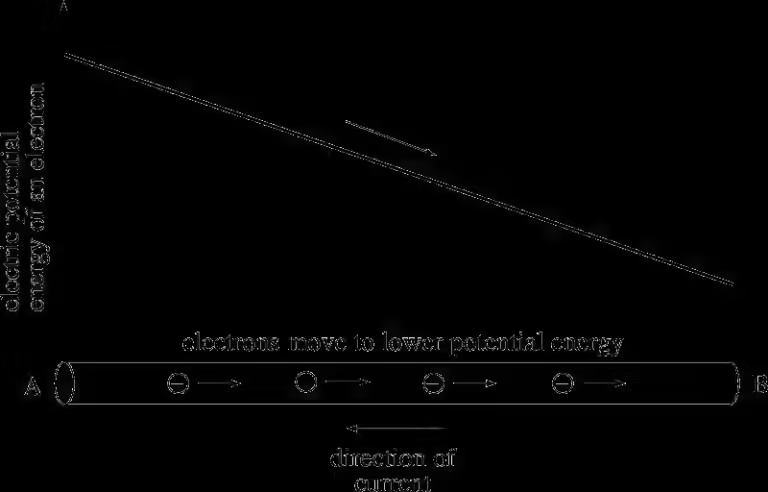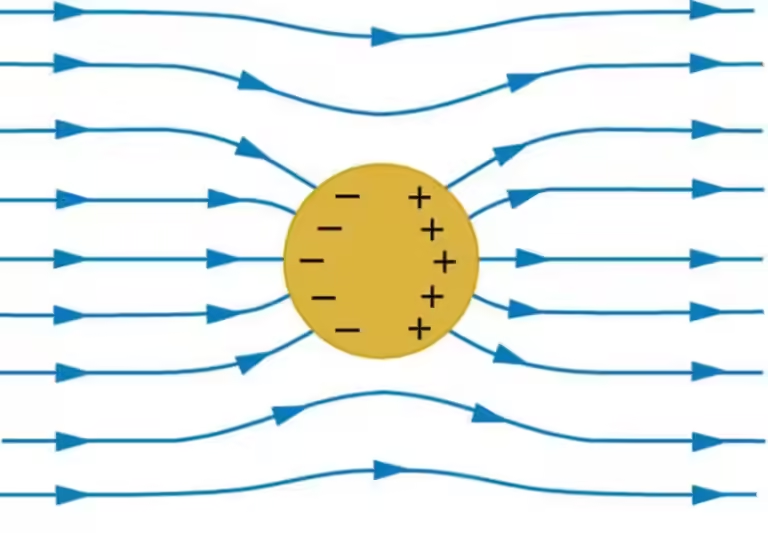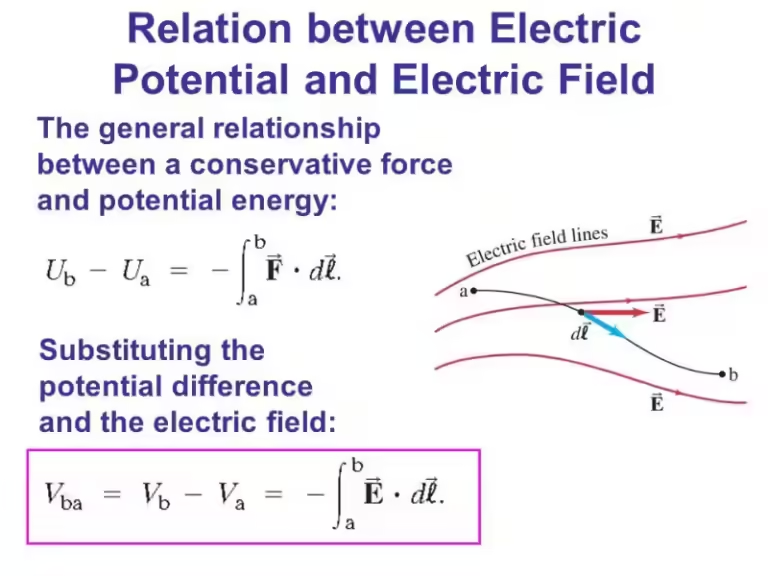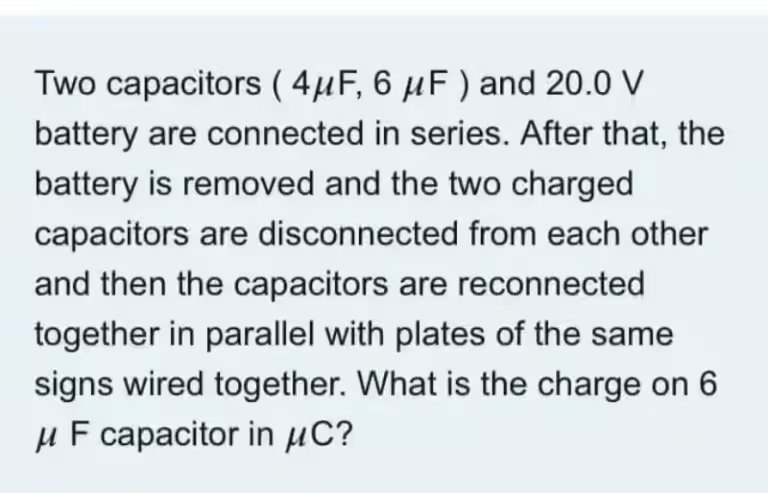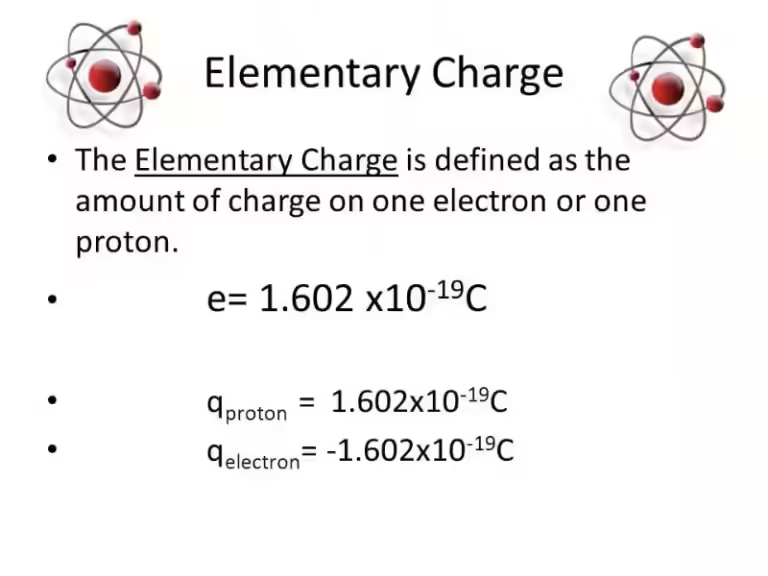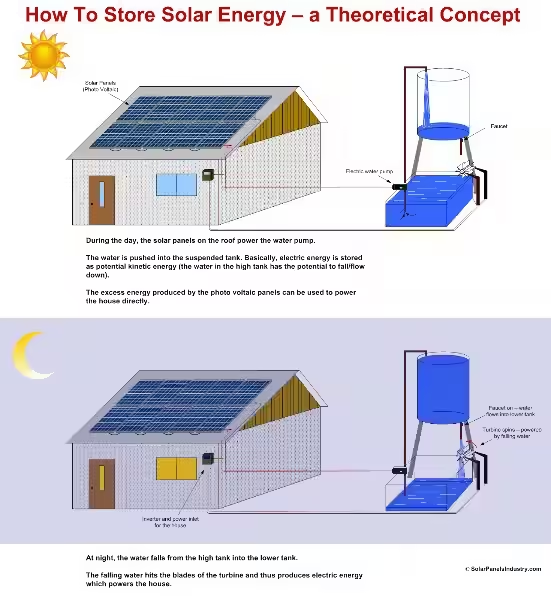Unveiling the Dance of Charges: Understanding Alternating Current

Imagine a river, flowing ceaselessly in one direction. This is how direct current (DC) behaves – a constant flow of electrical charges in a single path. But what if the river’s flow reversed, switching directions rhythmically? This is the essence of alternating current (AC), the lifeblood of our modern electrical systems. An alternating current consists of charges that move back and forth, constantly changing direction, creating a fascinating and powerful force.
Unlike DC, where charges flow steadily from a positive to a negative terminal, AC’s movement is dynamic. It oscillates, surging in one direction, then reversing and surging in the opposite direction. This rhythmic dance of charges is crucial to how AC powers our homes, industries, and the world around us.
The Rhythmic Heart of AC: The Sine Wave
The movement of charges in an AC circuit can be visualized as a sine wave, a smooth, undulating curve that rises and falls in a predictable pattern. This wave represents the changing voltage and current over time. The peak of the wave indicates the maximum voltage or current in one direction, while the trough represents the maximum in the opposite direction.
The time it takes for the wave to complete one full cycle, from peak to peak or trough to trough, is known as the period. The number of cycles completed in one second is the frequency, measured in Hertz (Hz). The higher the frequency, the faster the charges oscillate. For example, the standard household AC in the United States has a frequency of 60 Hz, meaning the current changes direction 60 times per second.
The Benefits of Alternating Current
AC’s dynamic nature offers several advantages over DC, making it the dominant form of electrical power distribution globally:
- Efficient Transmission: AC can be easily transformed, increasing its voltage for long-distance transmission and reducing energy loss. This is achieved using transformers, devices that change the voltage of AC without significant power loss.
- Safe and Practical: AC is safer to work with than DC, as the constantly changing current makes it less likely to cause severe electric shocks. Additionally, AC motors are simpler and more efficient than DC motors, making them ideal for numerous applications.
- Versatile Applications: AC powers a wide range of devices, from household appliances to industrial machinery. Its adaptability and ease of conversion make it suitable for various electrical systems.
Understanding the Movement of Charges in AC
At the heart of AC lies the continuous back-and-forth movement of charges. This movement is driven by an alternating voltage source, such as a generator. The generator uses electromagnetic induction to create a fluctuating magnetic field, which in turn induces a changing voltage in a coil of wire. This changing voltage causes the charges in the wire to flow back and forth, creating an alternating current.
Imagine a simple circuit with a light bulb connected to an AC power source. As the voltage oscillates, the charges in the wire move in sync. When the voltage is positive, charges flow from the power source to the light bulb, causing it to illuminate. When the voltage is negative, charges flow back to the power source, the light bulb still remains lit. This continuous flow and reversal create a continuous cycle of energy transfer, keeping the light bulb lit.
The Importance of Frequency and Phase
The frequency of an AC circuit is crucial for determining the speed at which the current changes direction. The higher the frequency, the faster the charges oscillate. This is important for many applications, such as radio transmission, where different frequencies are used to transmit different signals.
Phase describes the relative timing of two or more alternating currents. Two AC currents are in phase if they reach their peak and trough values simultaneously. If they reach their peak and trough values at different times, they are out of phase. Phase differences are important in AC circuits, as they can affect the efficiency of power transfer and the operation of motors and other devices.
Conclusion: The Power of the Alternating Current
An alternating current consists of charges that move back and forth, creating a dynamic and versatile form of electrical energy. Its rhythmic dance, characterized by the sine wave, allows for efficient transmission, safe operation, and diverse applications. From powering our homes to driving industrial machinery, AC has revolutionized our world and continues to be a fundamental force in our technologically advanced society.
Frequently Asked Questions About Alternating Current
What is alternating current?
Alternating current (AC) is a type of electrical current where the direction of the flow of electric charge periodically reverses.
What does it mean that charges in alternating current periodically reverse direction?
In AC, the charges move back and forth in a regular pattern, unlike direct current (DC) where the charges flow in one direction only.
What causes this periodic reversal of charge flow in AC?
The reversal of charge flow in AC is caused by the alternating voltage source, which is usually a generator. The generator creates a changing magnetic field that induces an alternating voltage in a coil, which then drives the current to flow back and forth.
Why is alternating current used more widely than direct current?
AC is more widely used than DC because it is more efficient to transmit electricity over long distances. AC can be easily transformed to higher voltages for transmission and then back to lower voltages for use in homes and businesses.

